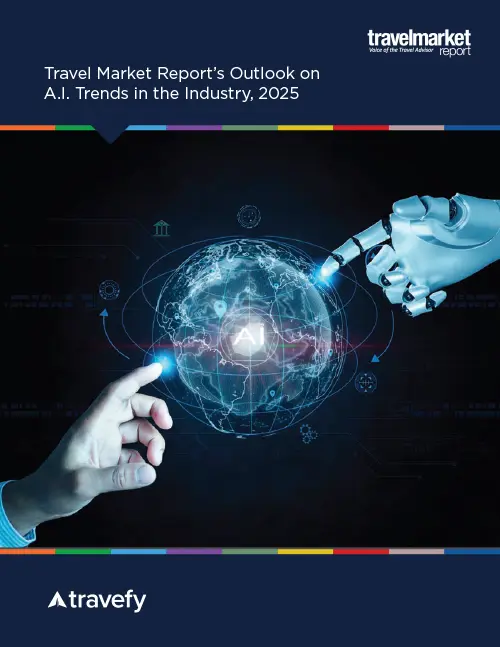Amtrak Sees High Speed Rail as Competitive Product for Agents
by Nick VerrastroTravel agents might have a new transportation product to book in the coming years — high-speed intercity passenger rail that is very competitive with air and car transportation in regional markets, Craig White, Amtrak director of sales, told travel agents at the American Marketing Group’s Got Talent global conference in Boca Raton, FL, last week.
Like the travel agent marketing organization AMG, Amtrak this year marks its 40th anniversary as the national passenger railroad created by Congress and President Nixon after the old Penn Central collapsed. That was in an age when gasoline cost 36 cents a gallon, Pan Am introduced the first 747 and the average household income in the U.S. was $9,000 a year, White reminded the travel sellers.
“A lot has changed since,” said White, stating the obvious. And that includes Amtrak, which now offers high-speed Acela rail transportation in the Northeast Corridor between Washington and Boston.
Under recently enacted legislation, Amtrak should be introducing more high-speed intercity rail within the next five years, White told the travel agents, noting that intercity high-speed rail under 500 miles is competitive time-wise, cost-wise and in convenience with auto travel and air transportation.
Intercity rail, said White, generally provides service direct to city centers and to rail terminals that are connected to the city’s mass transit system. High-speed rail, he noted, will relieve the nation’s strained airline system and highways, which both are running at or over their designed capacity; and the air traffic system will still be strained under the Next Gen air traffic control program, according to White.
The issues confronting Amtrak in reaching wider markets of passengers, especially via the agency channel, are trip time and relevance to the market in which the automobile dominates. “We need to think in terms of the automobile because that is the national yardstick for comparison” of different transportation modes.
“Frequency is also an issue, and we have to make sure to provide travelers with a range of choices,” said White. He added that there are several ways to improve railroad speeds, in addition to the expensive option of building exclusive high-speed railroad corridors for trains doing 150 to 200 miles per hour à la the Bullet train in Japan or France’s TGV.
Such dedicated trains usually provide transportation to only two points, Paris-Lyon for example, but Amtrak needs to serve multiple points under President Obama’s plan for upgrading rail lines for high-speed trains.
White pointed to the Acela high-speed service as a way to introduce the service in more regions nationwide. “We have gradually raised speeds in the Northeast Corridor to 150. A natural sweet spot is 110 mph, because that does not need dedicated track and you can use diesel engines and the same grade crossings.”
Rail has natural energy efficiencies and its fuel consumption is competitive with other modes, while its carbon emission is much lower than other modes. White said rail transportation in all its forms generates only 2% to 3% of CO2 emissions from the transportation sector.
Cost Comparison Tool
Travel agents in Europe already can provide their clients, and especially corporate clients, with cost comparisons between air and intercity rail under a new desktop tool to be introduced by TRAVELSAVERS in Ireland, the UK and continental Europe, according to Brian Rafferty, agency service and sales for TRAVELSAVERS Ireland.
This tool includes a comparison of total costs, inclusive of fares, time traveling, productive time traveling (that is, on a train a corporate client can continue to work while on a plane their Blackberrys are usually shut off), and carbon emissions, an important cost metric in the EU.
Train travel is often the least costly mode when the total comparisons are made, Rafferty told Travel Market Report.
High speed, intercity rail is “absolutely a product that we can sell,” rail specialist Ted Blishak, of Train Travel Conuslting in Klamath Falls, OR, tells TMR. But he doesn’t expect to see this product on the tracks any time soon.
“However, the chance of actually having a high speed rail network in our lifetimes is virtually nil, so we are not making any plans to ride on or sell any high speed trains in the USA,” says Blishak. “In Europe, yes, it is the normal way of travel.”
He adds, “As long as Congress continues to be employed by the oil and airline interests, there will be no high speed rail here in the foreseeable future.”
























